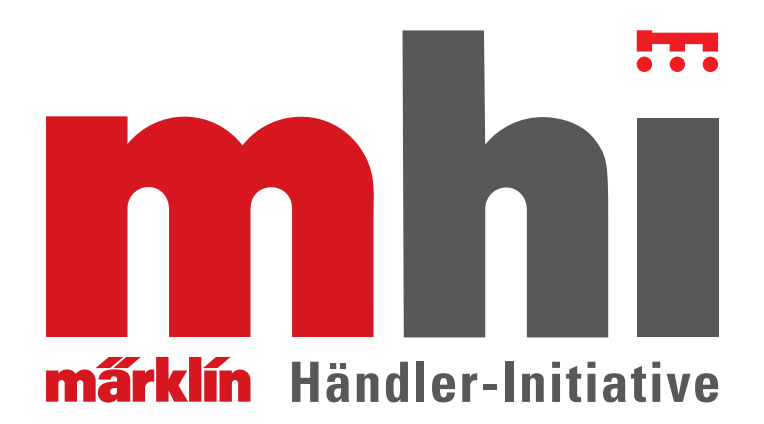Marklin 48817 - 2 milk cars set
Prototype: 2 German State Railroad Company (DRG) type Gh "Hannover" (Bavarian design) boxcars. Cars from the first production run with flat roofs. Used as milk cars to ship "fresh milk to Nürnberg Main Station". Grayish white basic paint scheme. Both cars look as they did around 1930.
Model: Each of the boxcars has 6 Grove design vents on the roof. Each car with continuous running board on each side of the car below the sliding doors. The cars have steps at one end. Both boxcars have different car numbers. Total length over the buffers 22.2 cm / 8-3/4". DC wheel set per car 2 x 700580.
Highlights:
- New tooling for the Bavarian design two-axle milk cars with a flat roof.
- Interesting car type for transporting "fresh milk to Nürnberg Main Station".
One-time series.
Special freight cars were purchased in Bavaria for milk traffic, above all for the transport of milk cans. The railroad transported the milk cans in this manner from Bavarian dairy farmers who brought their products by wagon or tractor to the nearest station. The railroad cars ran in scheduled passenger trains, which in the past enabled the fastest transport of the perishable milk to the dairies in the city. The light paint scheme was typical for the cars and was supposed to keep temperatures within limits in the summer. Another typical feature were the narrow, opposed sliding doors on both sides. Since the cars were not loaded by forklift or hand truck, narrow doors worked out well. A load conductor on the train, or local personnel, or even the farmer delivering the milk did the manual loading of the 40 liter / 10.5 gallon milk cans. Several load restraints inside the railroad cars served to secure the milk cans. The loading work at the short stops for the passenger trains could be taken care of relatively quickly through the two doors on both sides of the cars. In addition, the milk cans to be unloaded could be pre-sorted during the trip and be placed ready for unloading at one of the doors. Since the milk transport car was run in passenger trains as a rule, it had a Westinghouse design air brake as well as electrical and steam heating lines. This allowed passenger cars running behind the milk car to be heated too. The wooden boards on the ends of the car had slots in them to allow wind to whistle into the car's interior in order to keep the milk somewhat cool during the trip. Riding in a milk transport car thus developed into a drafty experience.
Released in: Summer New Items 2015
EAN/UPC: 4001883488172



